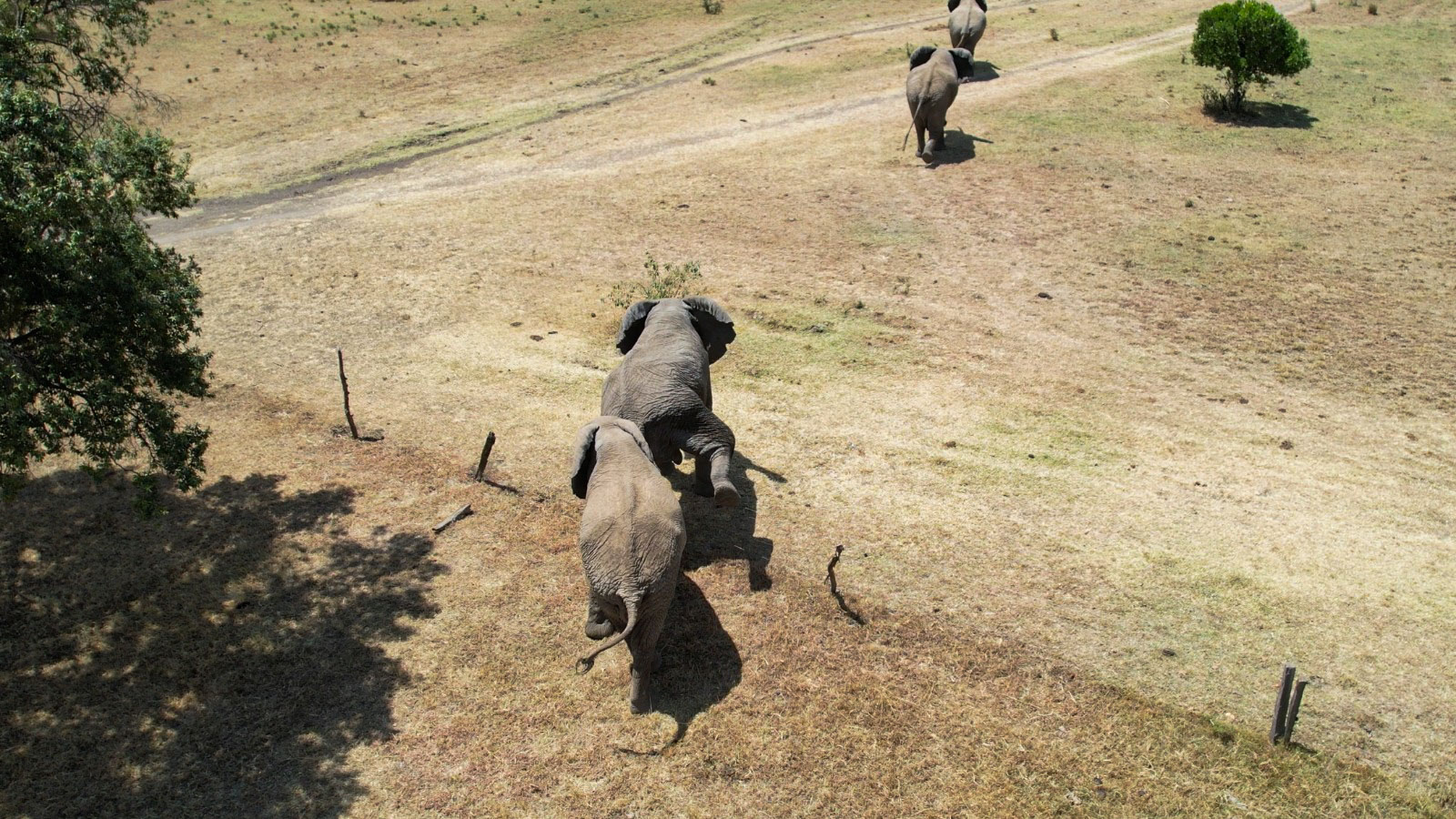
Since 2011, Mara Elephant Project has educated, trained and employed over 80 rangers in partnership with the Kenya Wildlife Service. The rangers’ key responsibility is to protect the elephants, the communities and their shared habitats within their area of operation. This is no small task and a myriad of tools and technologies are used in conjunction with boots-on-the-ground man (and woman) power.
My name is Dibblex Lesalon, I’m the Communications Officer for the Mara Elephant Project (MEP). I joined MEP in March 2023 and what I love most about my job is that it is aligned with my passions of storytelling and connecting communities. I’m very fortunate to work alongside a young group of individuals who are equally passionate but also very knowledgeable about creating new and innovative ways to protect what they love.
During my time at MEP, I have seen first-hand how effective data-driven conservation can be. MEP has developed bespoke conservation tools and technologies that help us convert large volumes of data into smaller, actionable, clearly understood information. Through this, we’re revolutionising how conservation is done in the Mara region and beyond. We also work very closely with our partners to use this data to influence policy, land-use planning and ecosystem conservation.
One of the greatest developments I’ve seen is the use of drone technology to mitigate human-wildlife conflict. MEP has been experimenting with drones since 2012 when we quickly discovered that elephants dislike the sound, which made it a very successful option in moving the elephants to safety. There’s a theory that drones sound like a swarm of bees, which elephants will go out of their way to avoid, so this helps in getting the elephants to move out of an area rapidly.
Mitigating human-elephant conflict using a drone is also far more effective than using a helicopter, which is costly. Now, when rangers are deployed to chase elephants from farms, they can direct the herd to safety with the aid of drones — this is especially helpful when the elephants are in tall crops like maize because they’re difficult to see from the ground. After mitigating a conflict incident, rangers can also use the drones to check elephants for injuries and determine whether they need vet intervention.
Additionally, drones can be deployed at night using thermal cameras, which is crucial as it’s the time elephants most often crop raid. These thermal cameras also assist our rangers during anti-poaching operations — making poachers easy to spot at night. The MEP research team is using the drones as they undertake their population monitoring work and they are an especially useful tool when counting elephants that reside in the hard-to-reach places in forests.
Speaking of elephants in forests, MEP operates in three key forests, all vital wildlife habitats; the Mau, Loita and Nyakweri. Since 2019, the Angama Foundation has supported the protection of collared elephant Fitz and his large herd in the Nyakweri Forest. Fitz is fitted with a satellite collar that allows MEP and our partners to track his movements 24/7 and respond when he’s in trouble — and drones are a key tool we deploy when it arises. Nyakweri, just like the other two forests, is under threat by encroachment and habitat destruction and Fitz and his herd rely on MEP and the Angama Foundation for their protection.
In partnership with Expert Drones East Africa, MEP has trained 16 of their rangers and researchers at their headquarters in the Mara however, only six of MEP’s nine ranger teams are trained and equipped with a drone to use for monitoring and conflict mitigation. MEP is currently fundraising to have 100% of their teams operating a drone and over half of their staff trained to be drone pilots by the end of 2024. For more information or to support their efforts, please visit their website.
Filed under: Stories From The Mara
Subscribe for Weekly Stories
Comments (0):

Tented Suites